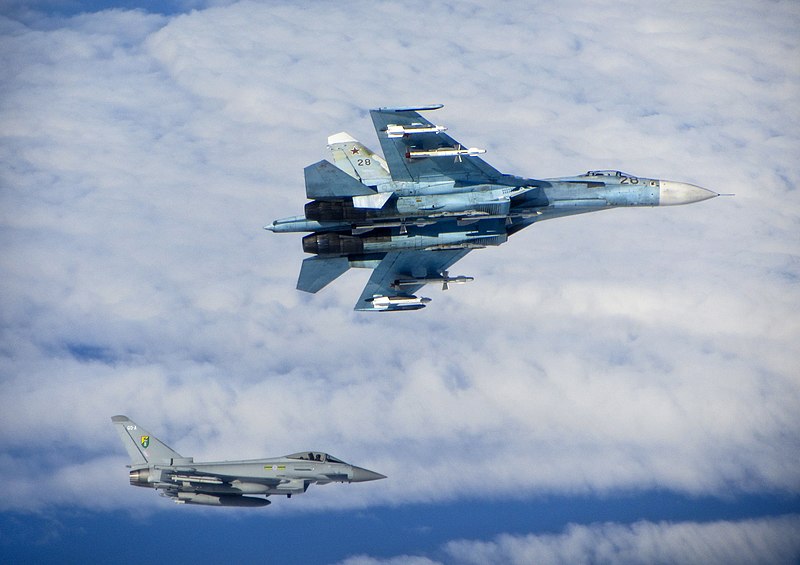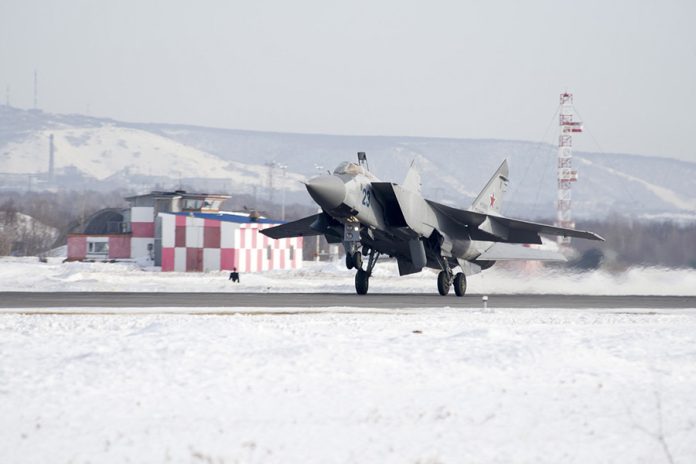
September 19th morning arrived as it did for most people on both sides of the Gulf of Finland until three Russian MiG-31 fighter planes, capable of carrying Kinzhal hypersonic missiles, infiltrated Estonian airspace and stayed there for twelve tense minutes. The historically unprecedented in scale violation has triggered Estonia’s first-ever UN Security Council emergency call in its 34 years as a member, as well as emergency consultations within NATO under Article 4.

1. The Incursion and Flight Path
The Ministry of Defence of Estonia reports that the MiG-31s approached without flight plans, transponders, or radio contact close to Vaindloo Island, holding before they were intercepted. Finnish aircraft initially intercepted the formation in the Gulf of Finland, and subsequently, Italian F-35s from Ämari Air Base, under NATO’s Baltic Air Policing mission, escorted them away. Estonian legislator Eerik-Niiles Kross noted the route was “brazen,” approaching close to Loksa and leaving close to Hiiumaa very far from “navigational error” occasionally claimed for border-hugging occasionally alleged.

2. Flight and Missile Capability
The MiG-31 high-speed interceptor has the ability to be outfitted with the Kh-47M2 Kinzhal, an air-launched ballistic missile derived from the 9K720 Iskander. While it is unsure if the jets were or were not armed, the Kinzhal has the ability to fly at Mach 10 and do random maneuvering, cutting windows of engagement down to mere minutes. The quasi-ballistic flight profile and ability to get past much of the existing missile defense systems make it a strategic weapon, particularly in the Baltic region where the response time for NATO is already constrained by geography.

3. NATO’s Baltic Air Policing Response
The Baltic Air Policing mission, headquartered at Ämari (Estonia) and Šiauliai (Lithuania), maintains Quick Reaction Alert fighters on standby 24/7. Interceptions follow a strict escalation ladder: radio warnings, visual identification, visual signals, and physical escort. Lethal force is reserved for imminent threats or with explicit political authorization. The September 19 intercept was coordinated by NATO’s Combined Air Operations Centre in Uedem, Germany, with all radar tracks, cockpit recordings, and communications being preserved for diplomatic and legal reasons.

4. Detection and Tracking Systems
The airspace surveillance of Estonia combines national radars with the Integrated Air and Missile Defence System of NATO and is supported by AWACS aircraft. Low-trajectory, high-speed threats such as the Kinzhal are still hard to detect. Ground radars are restricted by the curvature of the Earth, so a hypersonic-capable missile would only appear on sensors a few minutes before impact. NATO is developing a space-based sensor layer to detect such threats throughout their flight, allowing engagement earlier.

5. A Pattern of Escalation
Estonia’s Foreign Minister, Margus Tsahkna, had blamed the intrusion on a broader Russian campaign, citing recent overflights of 19 drones into Polish airspace and a one-hour drone intrusion into Romania. Russian aircraft had intruded into Estonian airspace more than 40 times since 2014, but for the first time by a formation of three supersonic fighters. NATO officials and analysts view such moves as “stress tests” of alliance readiness, probing response time, cohesion, and political will.

6. International and Political Responses
European leaders were quick to respond. Ursula von der Leyen vowed to “meet every provocation with determination,” and Emmanuel Macron condemned “irresponsible behavior.” US President Donald Trump warned “there could be big trouble” but made no commitment to new sanctions, stating European allies must come on board first on steps. Ukrainian President Volodymyr Zelensky labeled the incident as one of “a systematic Russian campaign” and demanded “strong action” both together and separately.

7. Strategic Risks and Rules of Engagement
Czech President Petr Pavel’s demands to shoot down perpetrators are representative of the thin line between escalation and deterrence. NATO’s current position eschews action that would justify Russian retaliation, but constant or repeated incursions may prompt member states to adjust rules of engagement. As Kross emphasized, “Lethal force is the absolute last resort,” yet it remains in the hands of the nation whose combatants are involved here, namely Italy.

8. The Hypersonic Defense Challenge
Defense against hypersonic-competent threats like the Kinzhal requires systems that can operate within the 20–60 km altitude regime, engage maneuverable targets, and react on a seconds timescale. Current NATO defense relies heavily on terminal phase interceptors like the SM-6, but programs like the US Glide Phase Interceptor and the European TWISTER program are attempting to bridge the gap. Meanwhile, air policing patrols are the primary deterrent against incursions that might precipitate kinetic war from political provocation within a few minutes.

For little frontline ally Estonia, seeing three Russian fighter aircraft hang around overhead reminded both of the speed of response by the alliance and the fragility of deterrence when adversaries have guns made to outrun and outmaneuver the very mechanisms designed to stop them.


